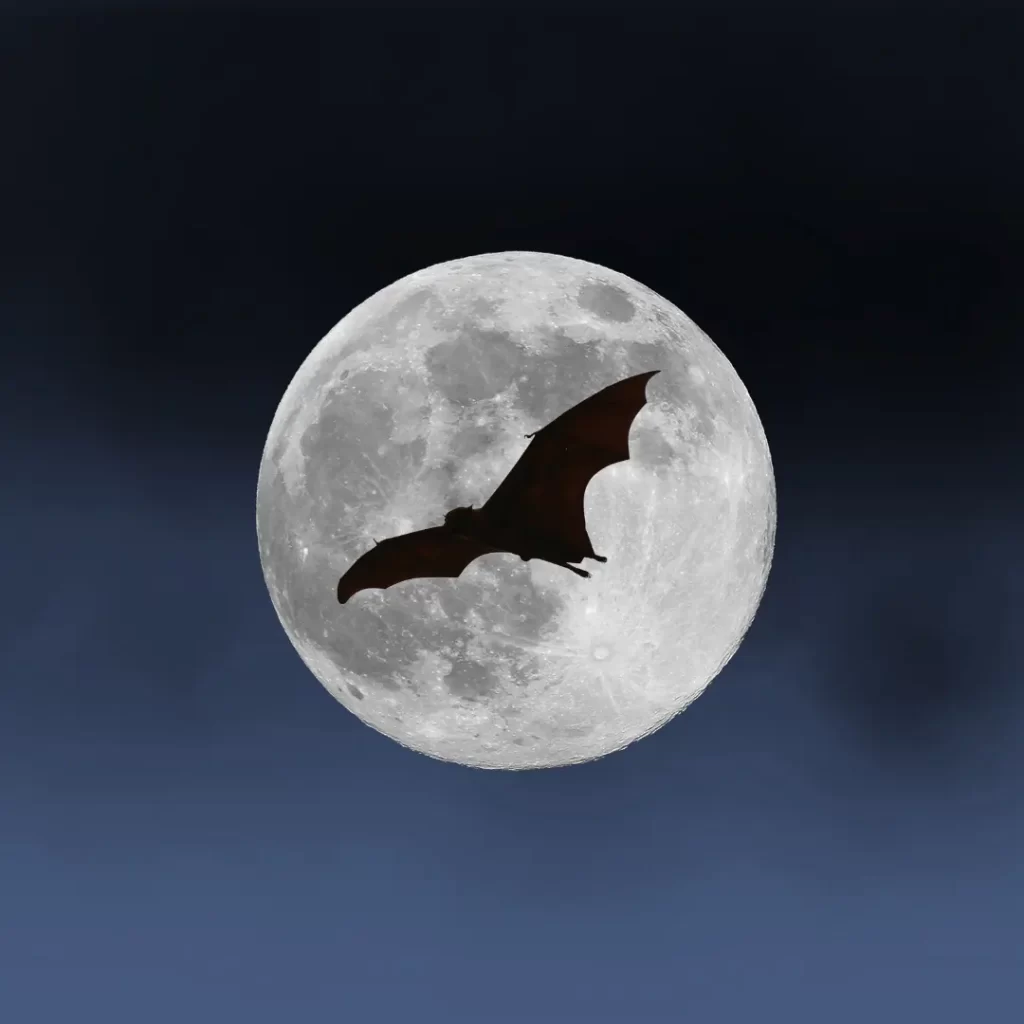World Goth Day is celebrated annually in May. This day can be described, according to World Goth Day’s website, as, “a day where the goth scene gets to celebrate its own being, and an opportunity to make its presence known to the rest of the world.”
This day was created in Great Britain when Goth music DJ’s Cruel Britannia and Martin Oldgoth were discussing music subcultures. They decided World Goth Day would fall on May 22nd in May of the year 2009. While this day was first noticed in the United Kingdom, it is now celebrated globally.
Music, expression, and style are all various components of someone who might identify as Goth. However, there is another category that exemplifies elements associated with this word and its definition. I am referring to, of course, gothic literature!

From Mary Shelley to Edgar Allan Poe, gothic literature has been around since as early as the 1700s. The fascination in the supernatural, gloomy, and overall intense and emotional stories has been a popular literary taste that does not appear to be going out of style anytime soon.
The regard in this genre has grown to the point where these classics are now being reformatted into graphic novels.
A graphic novel is exactly what it sounds like! It is a way to ingest reading that incorporates the literary aspect alongside a visual one. This can be a great way for individuals of all reading levels to be able to enjoy gothic classics while also being able to visualize all of the spooky settings that often make gothic novels so distinct.
Below are a few gothic literature classics that have been turned into graphic novels:
- “The Pit and the Pendulum” by Edgar Allan Poe
- Frankenstein by Mary Shelley
- Dracula by Bram Stoker
Part of what makes gothic literature so interesting is the way in which the story is told and where it is set. Classic gothic settings often include places of isolation, graveyards, churches or chapels, or decaying, yet beautiful, buildings or castles. Graphic novels get to take these intriguing descriptions and turn them into vivid imagery for the reader to see. Famous authors of classic gothic literature include Mary Shelley, Ann Radcliffe, Bram Stoker, Horace Walpole, and, my personal favorite, Edgar Allan Poe.
Edgar Allan Poe’s short stories and poems are famous around the world. There is even a netflix show titled “The Fall of the House of Usher” where each episode explores a theme and idea surrounding one of Poe’s literary works. A lot of Poe’s stories have also been remastered into graphic novels — each showcasing striking images to accompany Poe’s literary genius. “The Pit and the Pendulum ” is a short story that Poe published in the year 1842. The story is about the torture that a prisoner of the Spanish Inquistion endures. What makes this story so intriguing is the attention that Poe crafts toward sensory details that inform readers of the reality of the heinous situation. While many of Poe’s stories play on the idea of the supernatural to appeal to reader’s interests, “The Pit and the Pendulum ” sticks out because of its connection to real history and reality (of course mixed in with the dramatization that Poe is famous for).
You can find this graphic novel on Amazon or thriftbooks here.
Frankenstein is another classic example of gothic literature. Mary Shelley published this story in 1818 and it tells the story of a young scientist, Victor, searching for the secret of life. Through this journey, he creates a monstrous creature during an experiment gone wrong. The story toys with the idea of blurring the lines between life and death, family vengeance, and loyalty. This narrative is made even more tangible when Jason Cobley created a script and Brigit Viney adapted it into a graphic novel. One can find the graphic novel version of Mary Shelley’s Frankenstein here.

Lastly, the ever-famous story of Dracula that was written by Bram Stoker was also crafted into a graphic novel. Dracula was published in 1897. This story was said to be inspired by a daunting 15th-century governor, from what is now present-day Romania, named Vlad the Impaler. The story of Dracula begins with a vampire and his attempts to move to London to begin feeding on the local population. The dark setting, mixed in with the recurring theme of heightened emotions, makes this story a great example of a classic gothic novel. To find this story brought to life via a graphic novel, you can click here.
While only three stories are listed above, there are a lot of graphic novels online to interest any reader who might be fascinated by the intriguing nature of gothic literature!
Graphic novels can be a great way to get readers of all ages interested in the captivating storytelling and visual elements of a lot of great classic gothic novels.
Peruse online or head on down to your local bookstore to check out the graphic novel section to find some gothic novels of your choosing! It can be a great way to honor World Goth Day this year (and every year!) on May 22nd.
By: Emma Dahlsten
Emma is an Editorial Assistant at Technica Editorial




